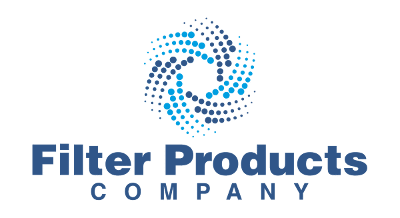This section provides an overview of the custom filter bag product development process at Filter Products Company. Please contact us to get started.
Step 1: Customer Inquiry
FPC receives customer’s inquiry.
Customers are encouraged to provide photos, sketches, technical drawings, or any other pertinent information.
Step 2: Determine Requirements (1-2 weeks)
FPC calls the customer to understand the specific application and requirements, including:
- Composition of the substances being filtered
- Materials of construction requirements
- Problems encountered with the existing process
- Existing supply chain concerns and requirements
- Project time-frame or timing requirements
- Estimated usage, by quarter
- Price constraints
If the customer is already using a bag filter, FPC may request a sample to serve as the starting point, even if significant design changes are required.
Step 3: Build and Ship Prototype (3 days)
FPC will produce a sample product for the customer to validate form, fit and/or function.
When full prototyping is not practical, material samples, smaller versions, or ‘similar to’ samples may be provided.
Step 4: Iterative Product Testing (1-2 months)
- Customer tests prototype (or sample).
- FPC reviews performance characteristics with customer.
- Any necessary design changes are incorporated into the design, taking cost, quality and timing considerations into account.
- Samples of the revised design are provided to the customer for testing.
This iterative process can take 1 to 2 months, and certain cases may include a site visit.
Step 5: Quote and Production Run (1 month)
- A quote is prepared based on the results of the test and development process.
- Production begins after FPC receives final design approval and a purchase order from the customer.
- Standard lead-time for hundreds or thousands of pieces is one-month.
- Large and perpetual orders will be broken into standard-size releases under the customer’s direction.

